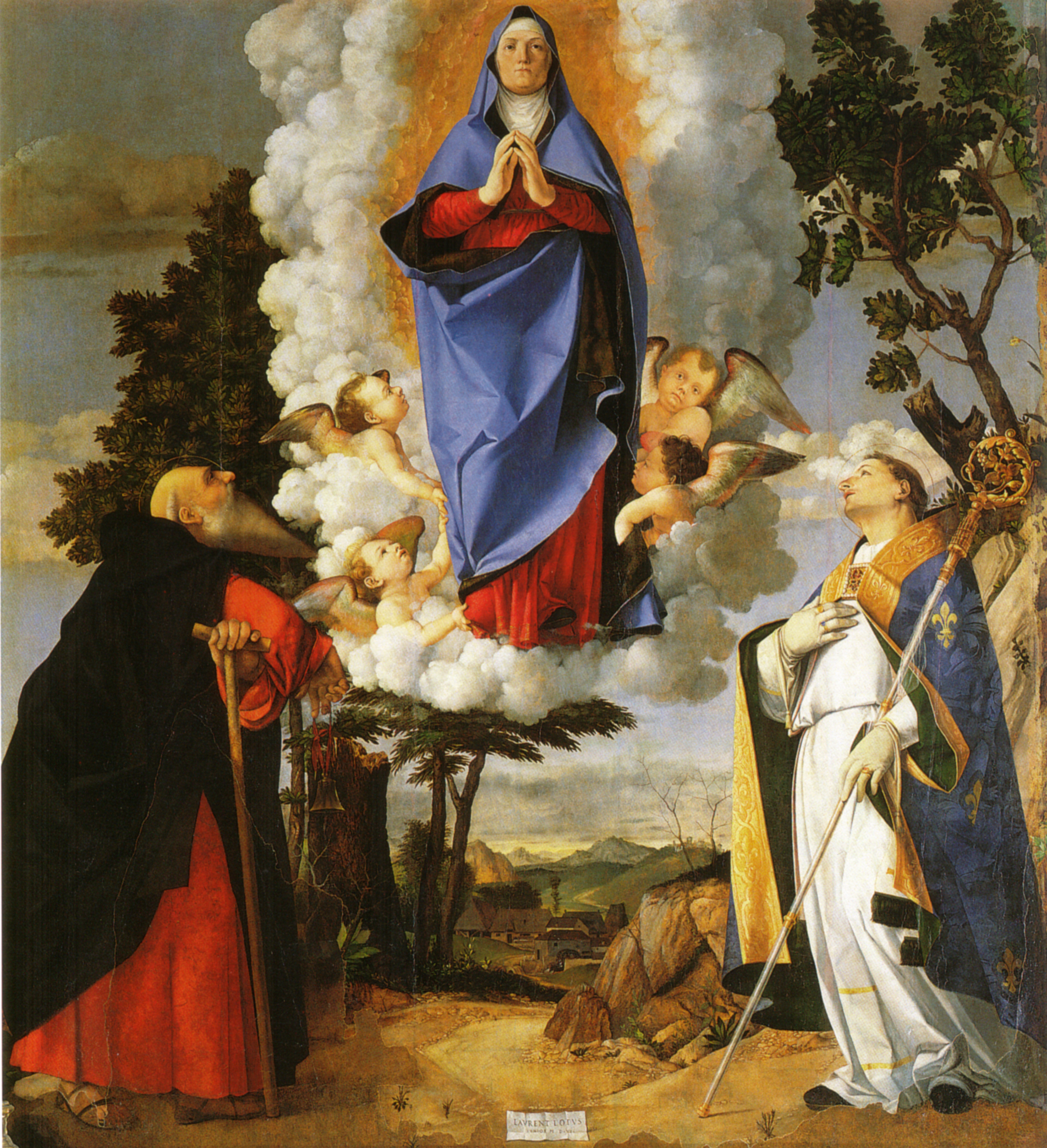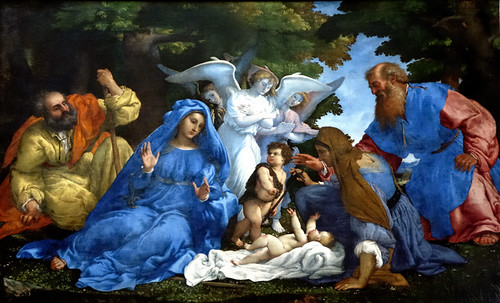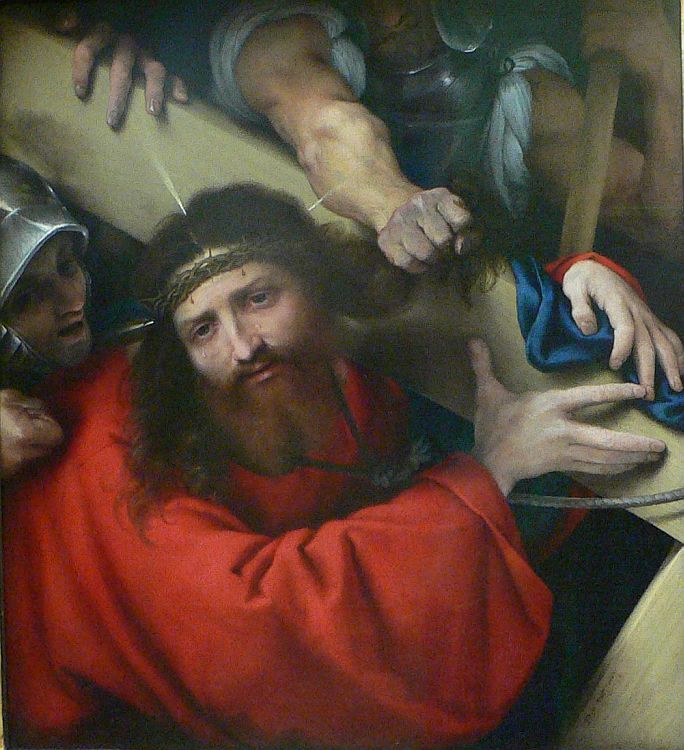Artist: Lorenzo Lotto (c1480-1556) was an artistic oddity, a Venetian who was never really a star in Venice. His style, stressing the figure and subject matter rather colour, is not typicallyVenetian; he was sneered at by Titian's circle of artists. Lotto found patrons outside Venice, in Treviso and Bergamo, where affluent locals commissioned portraits such as Giovanni Agostino della Torre and his Son, Niccolò (1515), now in the National Gallery.
Lotto never became rich; he ended up as a lay brother in a religious community. In his lifetime and afterwards he was underrated, but to modern eyes his paintings - especially his portraits - are startling, brilliant examples of Venetian art's dialogue with northern Europe.
Subject: Andrea Odoni, a Venetian merchant and collector of antiquities who had a palace in the district of Santa Croce. A visitor to Odoni's palace in 1532 saw the painting and described its subject as "contemplating some antique marble fragments". An inventory shows that Odoni's collection was impressive, including reproductions of ancient sculptures such as Hercules and Antaeus from the Vatican Belvedere (on the left in the portrait).
Distinguishing features: This is a lugubrious feast of a portrait, a mournful, sensuous reverie on ancient fragments. It almost seems as though Lotto is joking sardonically at his subject's expense, but in fact the melancholia in this painting reflects a widespread cult in the 16th century.
The merchant wants to demonstrate his richness of feeling and depth of reflection. The gesture he makes with his left hand is a formal one signifying sincerity; he lays open his heart and speaks to us without guile. The generosity of his beard and hair and his soft features suggest a man of sensitivity - an appearance mirrored by the locks and beard of the marble head of the emperor Hadrian, both flatteringly (he is like Hadrian) and disturbingly (he will die like Hadrian).
In his right hand Odoni holds a statuette of the Diana of Ephesus, a near-eastern deity associated with fertility - her body is covered with breasts. This earth goddess, whose figurine is unbroken and tenderly held, appears to be contrasted with the broken bodies of powerful men that are scattered around. There are two maimed figures of Hercules, the classical strong-man hero, used in the Renaissance to represent civic or imperial power. The ivory-coloured head of Hadrian has the look of a decapitated, still-aware man - the one-time emperor now peeping out from under a green tablecloth.
Odoni, a flowing, capacious figure in his dark robe trimmed with fur, orchestrates these fragments like Prospero controlling his magical servants. He is at home in this dimly-lit world of old and thought-provoking things. Lotto, with the awareness of light central to Venetian art, paints him in what feels like a cramped room, where the light is weak and distant as if in a grotto. The twilight mood is one we associate with the sinking city of Venice. This is a complex, sombre portrait, in which Odoni and Lotto conspire to reveal the inevitability of our world passing.
Inspirations and influences: Lotto's early work is influenced by the Venetian painter Giovanni Bellini, and his realism owes much to Dürer. Beyond that he's an original, too quirky to have left any lineage.
Where is it? Renaissance picture gallery (Royal Collection), Hampton Court Palace, Surrey (020-8781 9500).



























